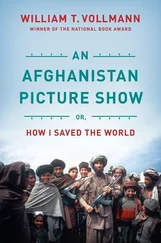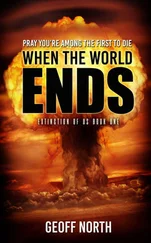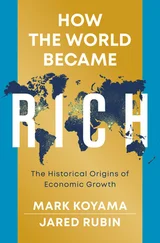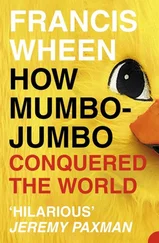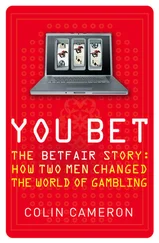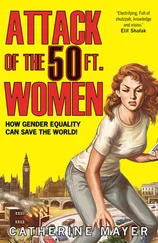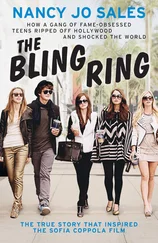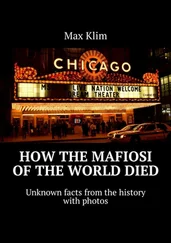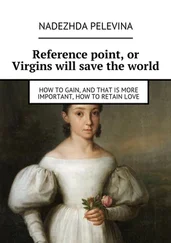Hans R. Herren
HOW TO NOURISH THE WORLD
Translated by Sue Coles
The author and publisher wish to thank the
Elisabeth Jenny Foundationfor its generous support
rüffer & rub Sachbuchverlag is supported by the
Federal Office of Culture, Switzerland,from 2016 to 2020.
Originally published as So ernähren wir die Welt Copyright © 2016 by rüffer & rub Sachbuchverlag GmbH, Zurich
All rights of the English edition:
First edition Spring 2017
All rights reserved
Copyright © 2017 by rüffer & rub Sachbuchverlag GmbH, Zurich
info@ruefferundrub.ch | www.ruefferundrub.ch
E-Book: Clara Cendrós
ISBN 978-3-906304-25-0
ISBN e-book: 978-3-906304-19-9
Foreword [by Anne Rüffer]
A world without hunger and misery
1. Surfeit of hunger
2. Threats to resources
3. Risks of climate change
4. My vision
5. How can we achieve our goal?
6. A new lifestyle
7. IAASTD Report and its consequences
My vision in practice
Marimanti, Kenya: The holy mountain is turning green again
Push-Pull keeps pests and weeds in check
Bhutan: Target: 100 % organic
SACDEP, Kenya: Open field days for organic farming
Meru, Kenya: Mangoes are no longer crying
Meru, Kenya: Making a living with indigenous varieties
Women carry the burden of responsibility
Towelo, Tanzania: Mountain carrot
Using biochar to protect the climate and soils
Farmer Communication Programme for East Africa
Rice: Production boost thanks to the System of Rice Intensification
Appendix
Biovision
Notes
List of photos and diagrams
About the author
Foreword
Geneva, 2 December 2015: A large and distinguished audience had assembled in the Ivan Pictet Auditorium to honour the latest winners of the Right Livelihood Award, widely referred to as the “Alternative Nobel Prize”. Rarely has the address of the venue so matched the event itself as the “Maison de la Paix” is hosting the event opened by Germany’s Minister of the Environment Barbara Hendriks and the UN Director General Michael Møller entitled “On the Frontlines and in the Courtrooms: Forging Human Security”.
In the subsequent discussion involving the four laureates, there is one statement that electrifies me. “The UN was founded after the Second World War in order to protect future generations from being hostage to war. Since then there have been more than 170 conflicts and was there never an opportunity to discuss the elimination of war? Come on guys—that’s just not credible!” Embarrassed laughter and sheer amazement in the audience even though Dr Gino Strada, founder of the international aid organisation Emergency knows only too well what he is talking about. Since the early 1990s, he has built clinics in war zones and looked after civilian victims—only 10% were fighters from the warring factions, the other 90% were civilian. He ended by saying: “Feel free to call me a utopian; everything is a utopia until somebody implements it.”
One of the most quoted sentences of recent decades is “I have a dream.” Not only Martin Luther King had a dream— many of us dream of a fairer world for all and a few—more than you might think—realise their dream with commitment and with all their heart and mind. They are pioneers in their field; you may call people such as Gino Strada, Martin Luther King, Mother Teresa or Jody Williams utopians but each great achievement starts with an idea, a hope, a vision.
Our new series—we call it “rüffer&rub visionary”—sets out to pass on this glimmer of an idea, a hope, a vision and so ignite the spark of personal commitment. At its heart is the author’s personal dialogue with a particular issue. Each tells an enthralling story of how they became aware of a scientific, cultural or social issue and what prompted them to search for robust answers and sustainable solutions. The writers all display great commitment. They describe what it means to make a personal commitment to pursue and to live an idea. Whether the vision is political, scientific or spiritual, all of the authors have one thing in common; they yearn for a better world and are prepared to work with all their strength to achieve it.
The issues and activities may be extremely diverse, but common to all visionaries is that they act from a deep conviction that a better future for all on a healthy planet is possible. We are convinced that everyone of us can, through our own actions, be a part of the solution.
Anne Rüffer, publisher
A world without hunger and misery
My vision of a sustainable food system for the world goes back a long way. I am a farmer’s son. My father was estate manager for the Domaine des Barges in Switzerland’s Lower Valais that was owned by the Burger und Söhne (Aargau) tobacco dynasty. The 40-hectare farm grew tobacco, potatoes and wheat.
I experienced intensive farming at first hand: it meant spraying highly poisonous insecticide to control the caterpillars of the diurnal and nocturnal moths that feasted on the tobacco leaves. It was the use of fungicides to control imported fungal diseases. They not only destroyed the pests but also eliminated beneficial insects such as bees. When I was growing up I found it quite normal, even though occasionally I also wondered whether so much poison was actually good for humans or the environment. At the time, we knew no different and it seemed as though chemicals were an essential ingredient of modern agriculture.
I spent two winters and a summer as a student at Valais Agricultural College in Châteauneuf learning what farmers needed to know about crops and fruit growing, vineyards and livestock management, i.e. that the use of agrochemicals guaranteed good harvests and a better life.
Having matriculated with a baccalaureate, I embarked in 1969 on an agronomy degree at the Swiss Federal Institute of Technology (ETH) in Zurich, with plant protection as my main subject and plant breeding as my subsidiary. At ETH plant protection almost exclusively, with one exception, meant the use of chemical methods to control damaging insects, weeds and fungi.
It was the era of the “Green Revolution”, the term used to describe the development that started in the 1960s of modern, high-performing and high-yielding crop varieties and their successful spread throughout developing countries. As a young ETH student I was seriously impressed by the higher yields that could be achieved with high-performing varieties and the massive application of agrochemicals. At the same time, however, I started to look critically at this type of agriculture and question it.
My doctoral supervisor, “the one exception”, was Vittorio Delucchi, a professor of entomology. He was a pioneer in Switzerland for integrated and biological pest management, promoting the use of natural enemies and agronomic practices rather than synthetic insecticides to control pests. Entomologists had long known that you could control pests if you could find their natural enemies, i.e. the corresponding beneficial insects. However, it seemed too complicated and expensive for the conventional agricultural industry to find these beneficials, breed them in sufficiently large numbers for commercial use and to find a suitable way to release them into the fields—despite the fact that it had been known for a long time that the method worked.
Читать дальше

